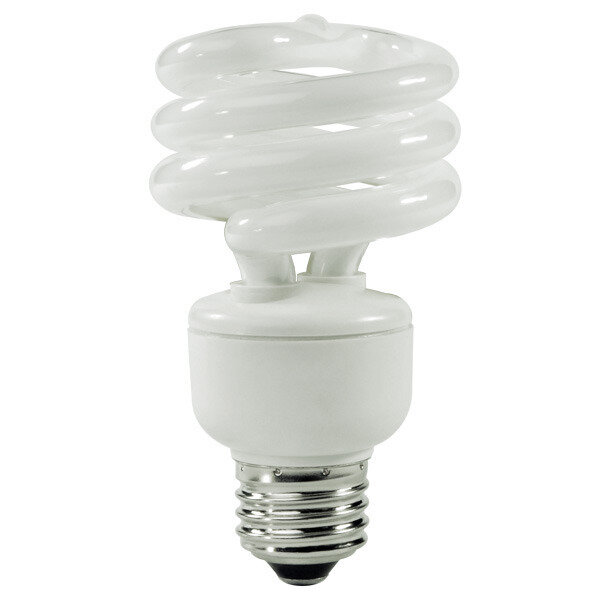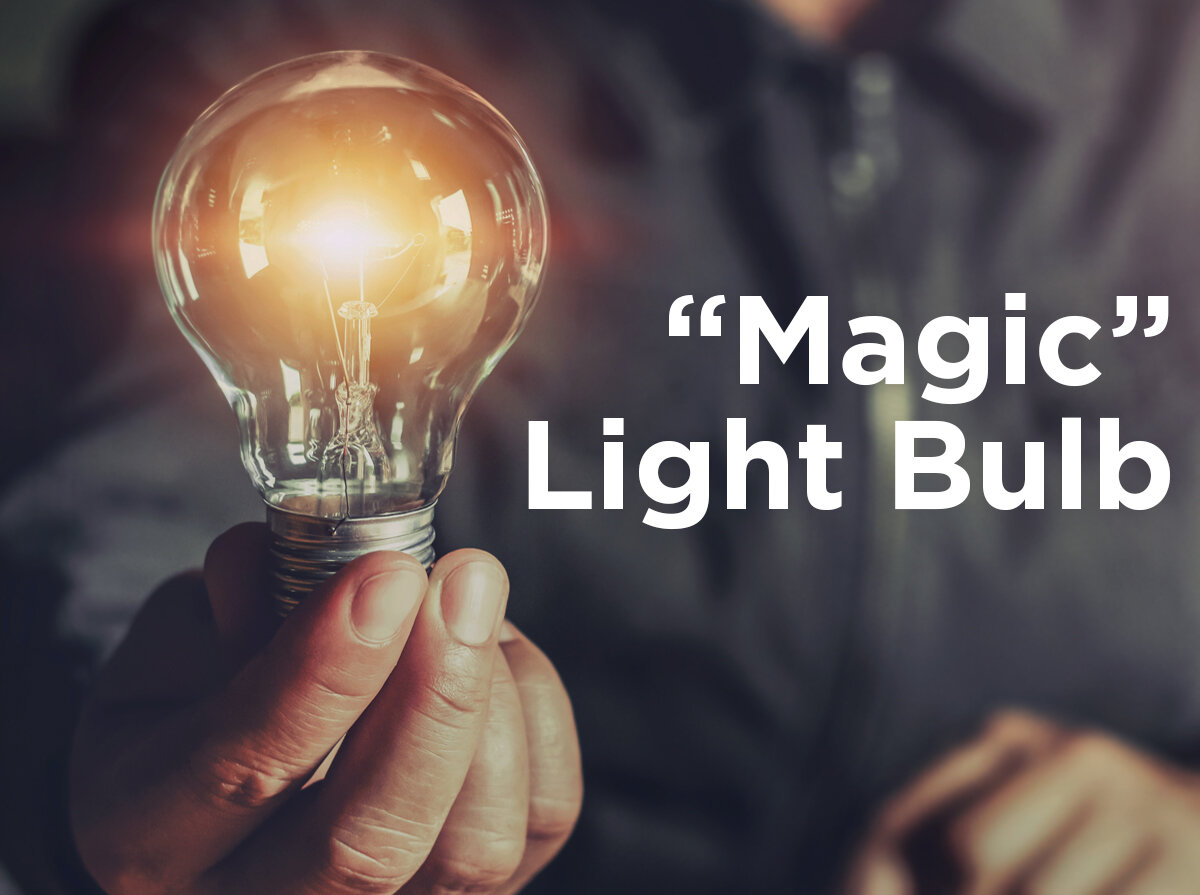Can I Use This Bulb Outside?
If choosing home lighting isn’t daunting enough, try choosing outdoor lights for your landscaping or patio. Picking outdoor lighting doesn’t have to be a headache. This post lists common light sources and how to know if your lights can handle the unpredictable great outdoors.
Before You Start, Check Your Fixture
An outside fixture should be outdoor rated. Usually that means it has a UL (Underwriter’s Laboratory) listing and can handle electricity’s biggest foe, damp or wet conditions. An IP (Ingress Protection) rating can tell you just how protected your fixture is against water. A rating of IP-65 or lower means your fixture is weather resistant, but a rating of IP-66 or higher ensures your fixture is essentially waterproof. You can read more about IP ratings in another post. The wall sconce on your front porch can make due with a damp location rating, as long as it’s covered from direct rainfall. However, the lamp post in your garden will probably need a wet location rating because it faces direct exposure to large amounts of moisture. When in doubt, opt for a wet location rated fixture; you can never have too much protection.
Lighting Tip: Your fixture and lights may be outdoor rated, but how about your accessories? Weatherproof your electrical odds and ends by using non-metal, non-binding attachments like plastic cable ties for mounting. Also invest in outdoor rated, heavy duty extension cords and weather-resistant covers for your outlets.
Incandescents – In Covered Locations
Standard incandescent bulbs and flood lights can be used outside as long as they are not exposed to rain or other elements. Otherwise, you need to check your bulb’s packaging for an outdoor rating.
Lighting Tip: Not all Christmas lights are created equal. Some incandescent or even LED mini light strings are rated for indoor use only. Read the packaging before decking out your home exteriors.
Halogens – Make Sure They Are Protected
Similar to incandescents, halogens can’t be used outside unless they have a heavy glass design to tolerate the thermal shock of rain water, like halogen PAR lamps. Another exception is halogens enclosed in outdoor rated fixtures. For example, MR bulbs in landscape floodlighting usually fit this description.
CFLs – Indoor Use Only
That cute, spiral CFL will do fine in the heat but won’t work in the winter. Most CFLs don’t work in cold weather, the exceptions being bug lights and Cold Cathode CFLs (CCFL). The typical UL rating for your standard 60-Watt equal CFL is indoor dry locations only.
Fluorescents – Check Your Operating Temperatures
Chances are you won’t be using your linear fluorescent tubes outside, but you might want pay extra attention to that unheated garage. You can tell if your T8s can handle the heat or cold by the listed ambient or operating temperature range in the product specifications. Most likely, summers won’t be a problem for your fluorescents but extreme freezes, lower than 0 degrees Fahrenheit for standard T8s, could keep you in the dark. The ballast managing your lamps needs to be rated for the same temperature range as well.
Lighting Tip: Worried about your fluorescent or LED tubes during a rainstorm? Locations like open air parking garages use vapor tight fixtures to keep the water out.
LEDs – Need Special Ratings
Any LED placed outside should be outdoor rated. However, in a sealed lamp post or porch light, you could use an LED rated for enclosed fixtures. LEDs exposed to the weather should be UL damp or wet location listed, depending on the level of exposure. On the porch and under an eave or covering with some openings needs at least a damp location rating, while completely uncovered LEDs need a wet location rating.
Lighting Tip: Rope light is waterproof until its cut! Whether it’s incandescent or LED, the lights are protected by the surrounding plastic tubing. Once cut, the UL listing is voided but a little shrink wrap should protect your connections. However, most LED strip lighting is not weather resistant; you need waterproof LED strip lighting and its accessories for that.
Do you need tips for weatherproofing your outdoor lighting? Leave your questions or suggestions in the comment section below. Find new lighting ideas and solutions everyday on our Facebook, Twitter, LinkedIn, or Pinterest. The 1000Bulbs.com staff welcomes a good lighting challenge; call us at 1-800-624-4488 during normal business hours for expert advice.










